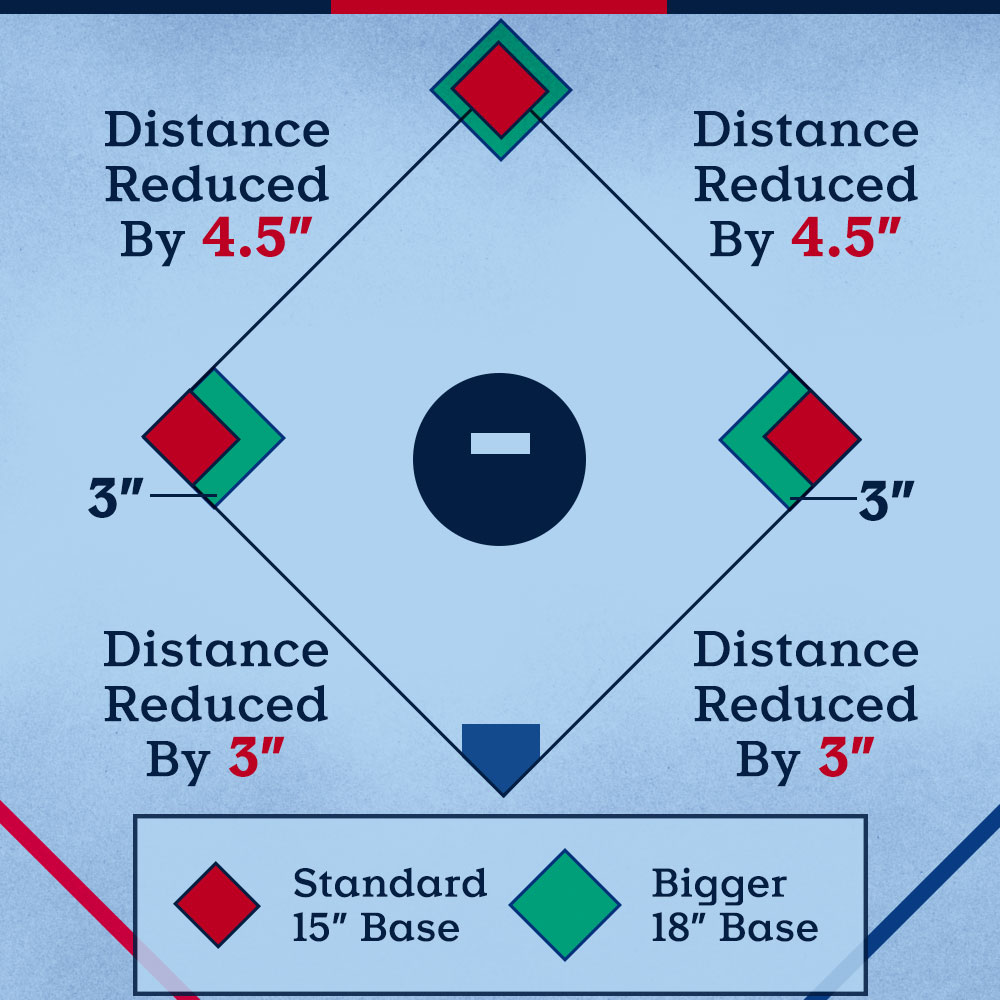
How To Calculate Total Bases In Baseball
Introduction
Picture the crack of the bat as it sends the baseball soaring over the outfield—the crowd erupts in anticipation. In that pivotal moment, a player’s ability to rack up total bases can change the course of the game. As we peel back the layers of baseball’s intriguing statistics, ‘Total Bases’ emerges as a crucial measure of a hitter’s offensive prowess. This guide will illuminate the path to mastering the art of calculating total bases in baseball.
Understanding the Significance of Total Bases
Total bases, an essential cog in the machinery of baseball offensive metrics, represents the lifeblood of a team’s scoring potential. Delving into its storied past, we can appreciate how this statistic has evolved to become a barometer for a player’s offensive value. For aficionados and novices alike, grasping the total bases formula baseball offers a lens through which the game’s offensive intricacies can be viewed.
The Fundamentals of Calculating Total Bases
To lay the groundwork, the total bases formula baseball is elegantly simple: TB = (1B) + (2 x 2B) + (3 x 3B) + (4 x HR). This equation is the cornerstone, with each hit type—singles (1B), doubles (2B), triples (3B), and home runs (HR)—contributing its own flavor to the mix. Imagine a player’s hits as brush strokes on a canvas, with each type enhancing the overall picture of their batting artistry.
Common Scenarios and Variations in Total Bases Calculation
In the mosaic of baseball, not all tiles fit neatly. An error or a fielder’s choice might cloud the waters, but the essence of total bases remains intact. Like a melody weaving through different chords, total bases adapt to the tune of the game. We see its dance with slugging percentage, a rhythmic partner that echoes its steps but adds its own flair to the statistics stage.
The Role of Total Bases in Player Evaluation and Strategy
In the high-stakes theater of Major League Baseball, total bases stats often tip the scales in player evaluations, echoing in the halls of contract negotiations. Each base taken weaves into the strategic tapestry, informing managers on the formation of their batting lineups and in-game tactics. The sabermetrics revolution has only sharpened this tool, refining its edge in the competitive arena.
Tools and Resources for Tracking Total Bases
In today’s technological symphony, various apps and platforms conduct the flow of total bases statistics, making them accessible to fans, players, and coaches alike. Fantasy baseball enthusiasts and sports bettors find harmony in these numbers, as they orchestrate their virtual teams and wagers to the beat of statistical insights.
Conclusion
As we round third and head for home, the journey through the total bases calculation reveals its pivotal role in the baseball narrative. Understanding total bases not only enriches the viewing experience but also sharpens analytical tools for those playing the numbers game. Let’s embrace this knowledge as we witness the sport’s future unfold.
Call to Action
Arm yourself with the total bases formula baseball and step into the batter’s box of the game, whether on the field, in the dugout, or from the comfort of your armchair. Join the vibrant community of baseball enthusiasts and contribute to the discussion on how total bases shape the sport’s landscape.
FAQs
What are total bases in baseball?
Total bases quantify a player’s cumulative hitting achievements, adding a numerical value to each type of hit to gauge their offensive impact.
How do you calculate a player’s total bases?
By applying the formula: TB = (1 x Singles) + (2 x Doubles) + (3 x Triples) + (4 x Home Runs), you can compute a player’s total bases.
Why is the total bases statistic important?
This metric is pivotal for evaluating a player’s offensive contribution, reflecting their ability to accrue bases and drive in runs.
Can total bases be influenced by external factors?
Yes, game situations such as errors or fielder’s choices can impact how total bases are credited in specific instances.
What is the relationship between total bases and slugging percentage?
Slugging percentage is derived from total bases—it’s the total bases divided by at-bats, highlighting a player’s hitting power.





